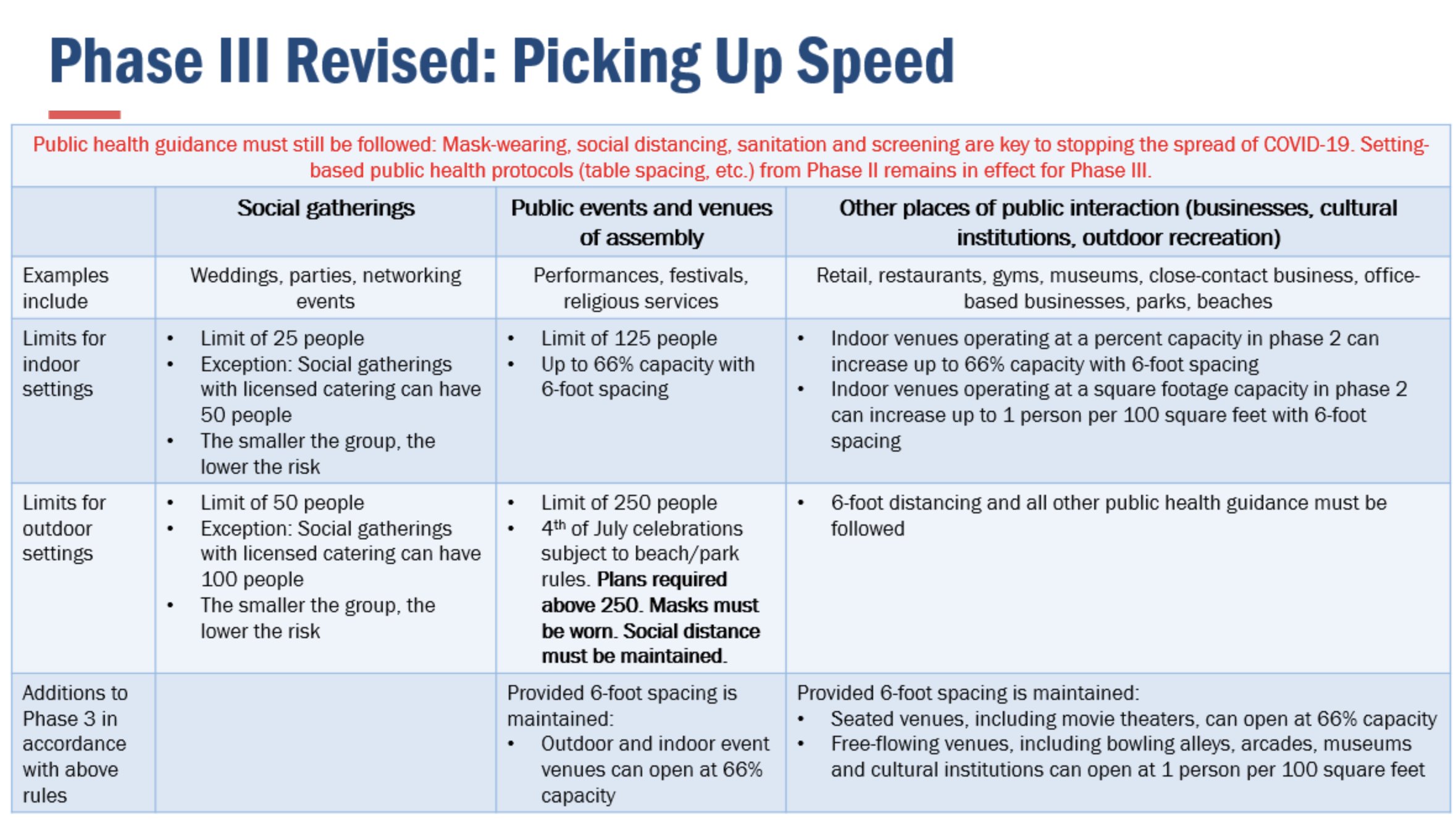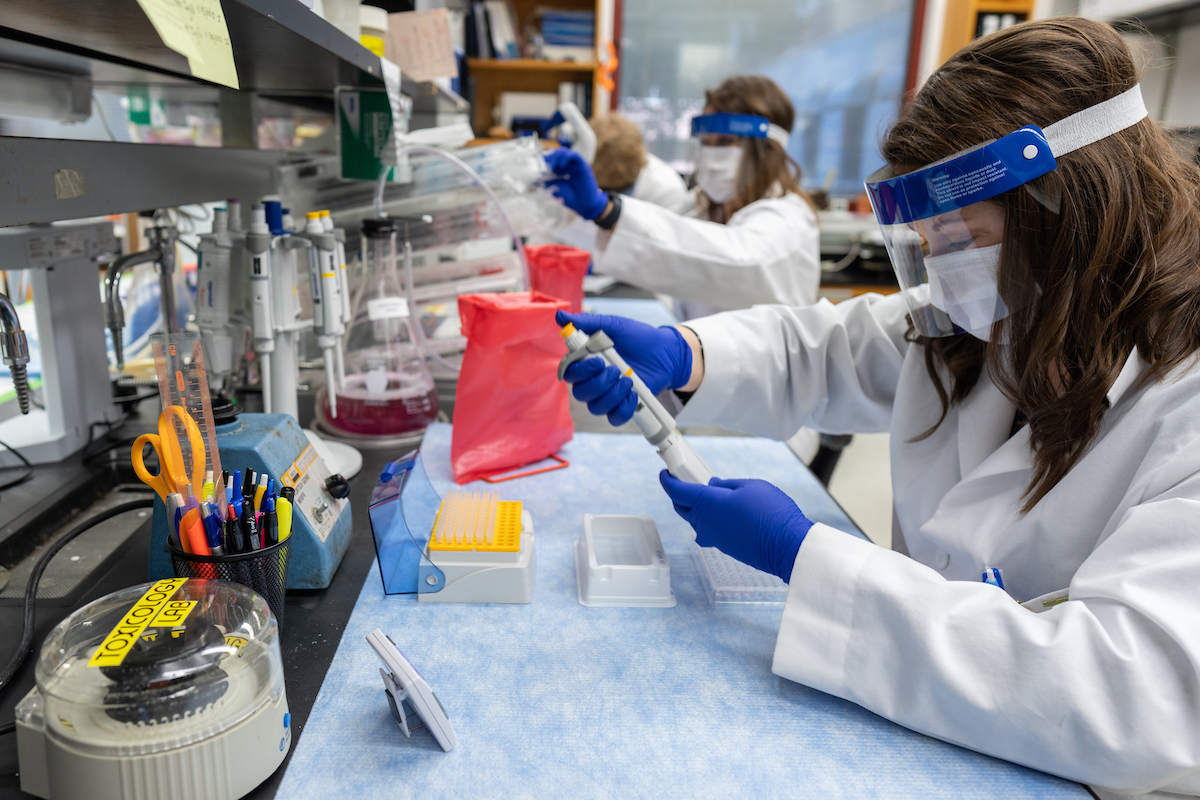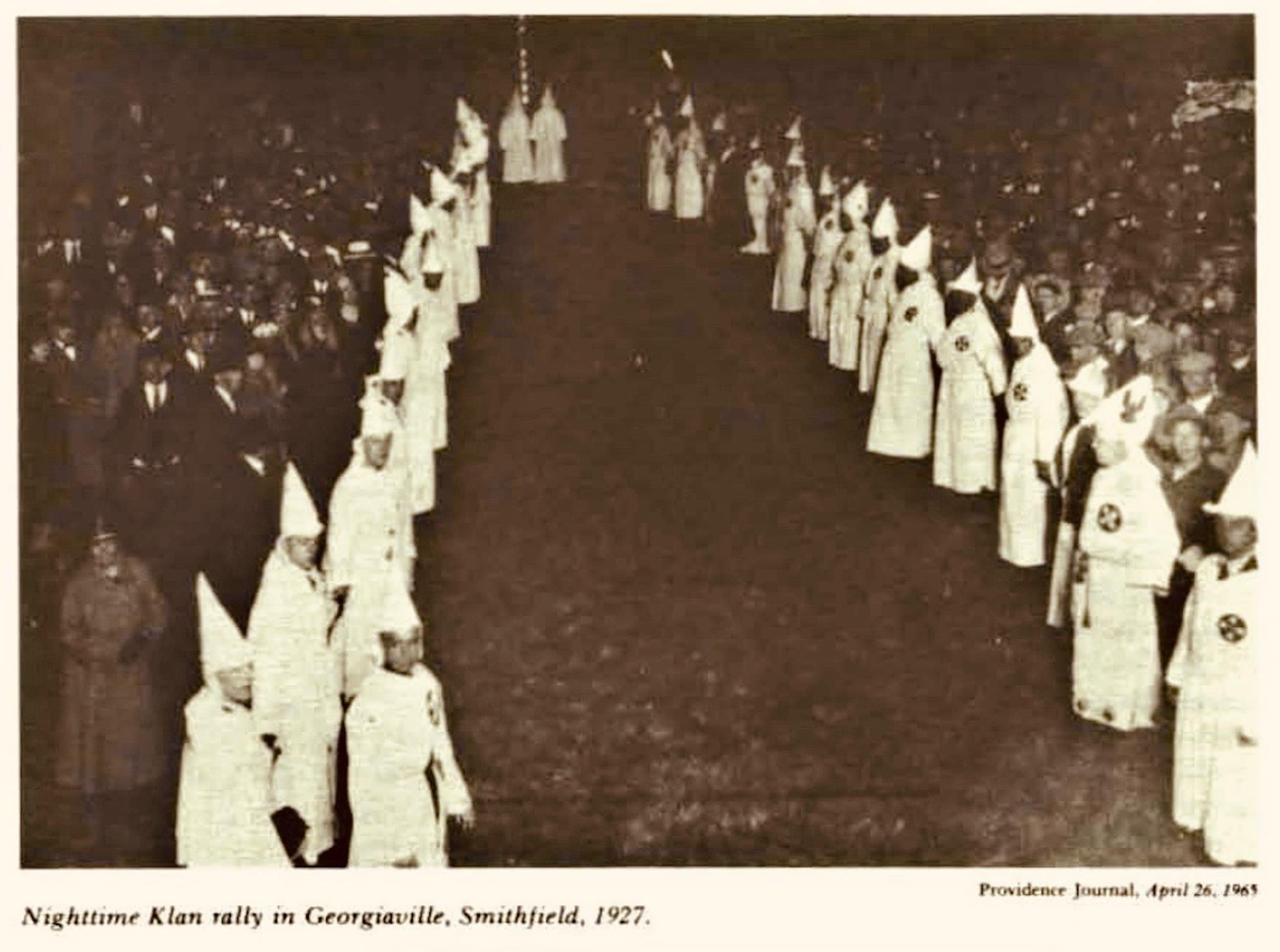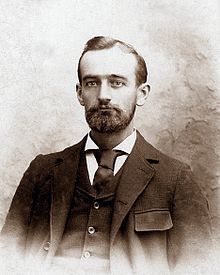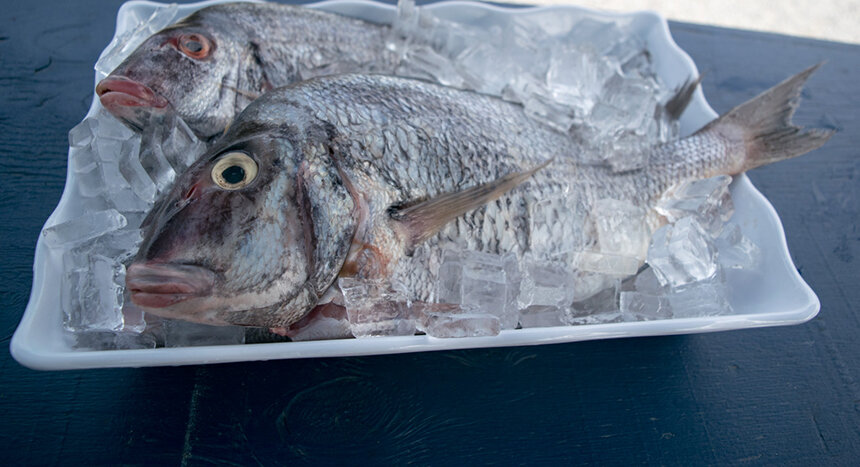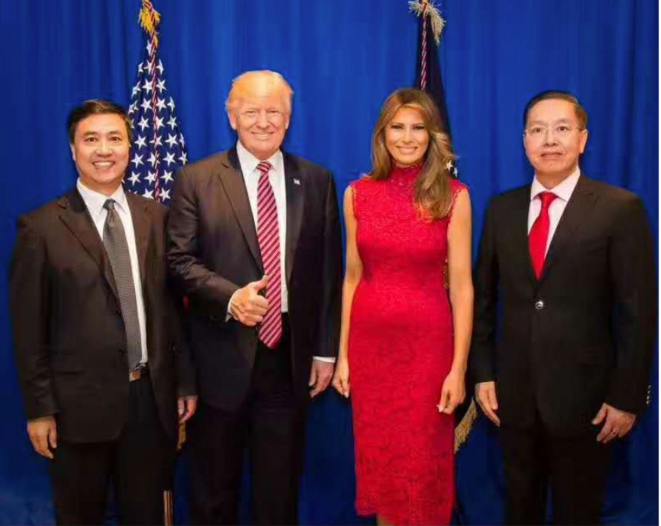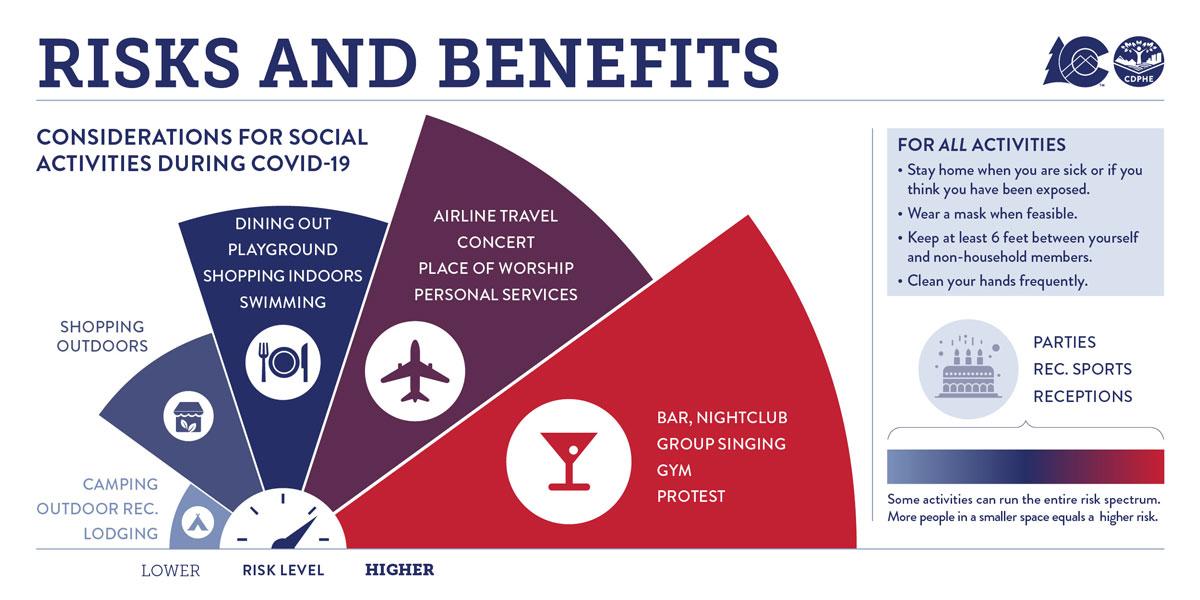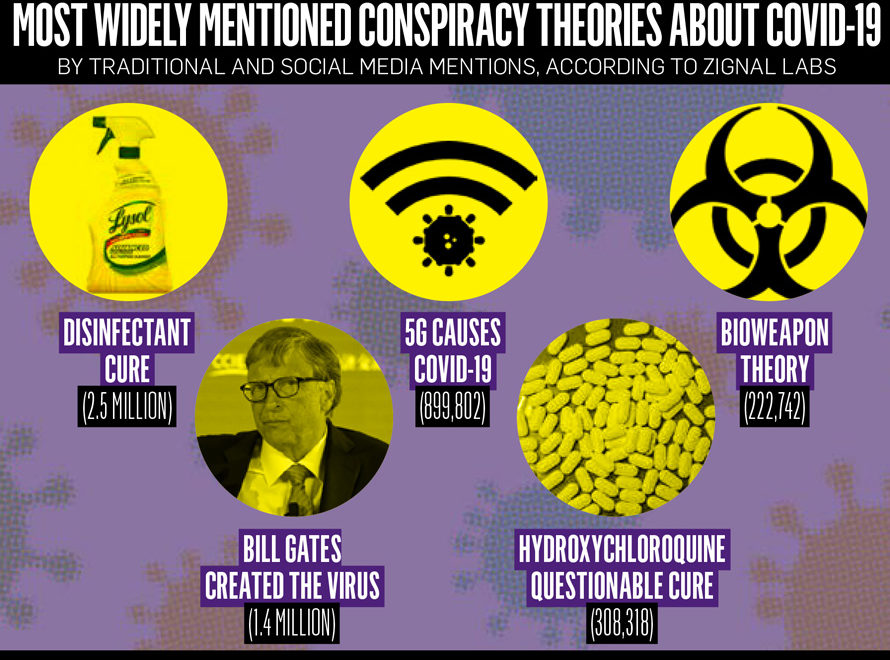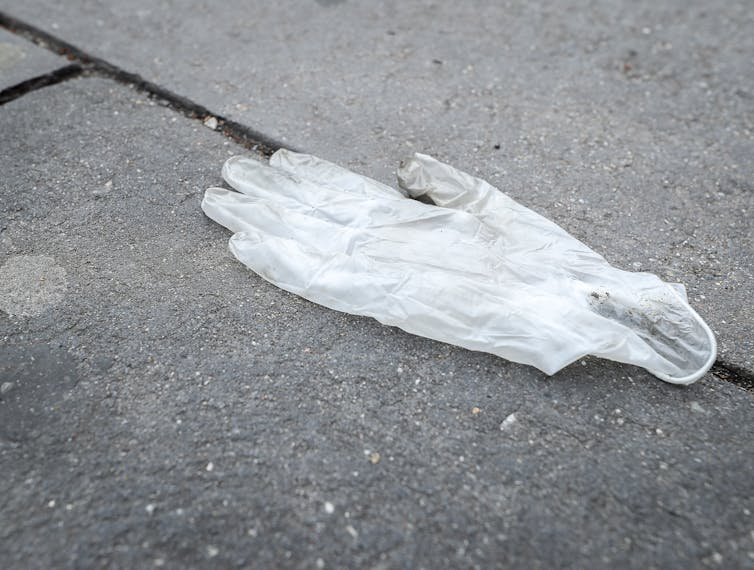It’s
real and it has to go
By
Will Collette
 |
| Slave population by town – 1755 (Copyright Peter Fay) |
Charlestown
residents may be thinking that while George Floyd’s killing was horrific and
racism is wrong, this is not Charlestown’s problem because we have almost no
black people. US Census data show only 0.2% of Charlestown’s population of just
under 7,900 are African-American. Charlestown is 94.1% white.
But
racism IS Charlestown’s problem, and in a major way. In my opinion, the town of
Charlestown is committed to institutional racism in two significant ways.
The
first is a determined and deliberate effort by Charlestown’s political
leadership to KEEP Charlestown white by keeping non-whites out.
The
second is Charlestown’s determination to maintain its centuries old dominion
over the Narragansett Indian Tribe at all costs.
Decades
of fair housing laws have outlawed overt racial discrimination in housing so Charlestown
uses a more subtle approach: Charlestown fights every effort to create more
affordable housing to the death.
When
Cathy and I moved to Charlestown in 2001, we learned the code words the town uses
to prevent “people from Providence” from
ruining “Charlestown’s rural character.”
Charlestown
opposes affordable housing for families and especially those with school-age
children. The town has repeatedly asked the state to exempt Charlestown from
the state’s affordable housing laws because we are somehow special.
An
even more hardcore form of institutional racism is expressed in town attitudes
toward the Narragansett Indian Tribe whose members constitute Charlestown’s
largest minority group at 2.3%.
Long-time
Charlestown residents have used the same “people
from Providence” code when referring to the Narragansetts although sometimes,
a disgusting racial epithet is used instead of “people.”
I
can’t find a time when Charlestown was NOT in conflict with our Tribal
neighbors.
For example, there’s the fight over whether the Tribe can receive the old Camp Davis land as compensation for native sites destroyed in the Route 95-195 reconstruction project. Charlestown succeeded in getting state DOT to require the Tribe to cede its sovereignty rights over the land, knowing that was a deal breaker.
For example, there’s the fight over whether the Tribe can receive the old Camp Davis land as compensation for native sites destroyed in the Route 95-195 reconstruction project. Charlestown succeeded in getting state DOT to require the Tribe to cede its sovereignty rights over the land, knowing that was a deal breaker.
At
present, there are at least two pending claims of Charlestown Police misconduct
filed by members of the Narragansett Indian Tribe. The complainants both allege
discriminatory treatment by CPD.
Both claims allege Charlestown took sides in
an internal Tribal leadership dispute favoring former Chief Sachem Matthew
Thomas’s faction.
 |
| Narragansett leaders like Randy Noka, shown above, were the first in Charlestown to stand in opposition to plans to drain Charlestown water for the now-defeated Invenergy power plant proposal. |
In
the federal civil
rights case, Bella Noka charged she was denied police protection when she
tried to attend a tribal meeting and was threatened with bodily harm.
Domingo Monroe, Sr. filed a claim for damages for police brutality, alleging that when he tried to attend a tribal meeting, he was blocked, tasered and arrested by CPD.
Domingo Monroe, Sr. filed a claim for damages for police brutality, alleging that when he tried to attend a tribal meeting, he was blocked, tasered and arrested by CPD.
Ironically,
these two leaders come out of the dissident faction that were vital allies to
Charlestown
in the successful fight against a deal that would have allowed Invenergy to
take water from the aquifer all of us in Charlestown use.
Charlestown’s
guiding belief is that it has complete control over the Narragansett Indian
Tribe. Charlestown is committed to blocking any action by the Tribe that does
not have the Town’s expressed prior approval.
The
guy in charge of carrying out that policy is attorney Joe Larisa who is paid a minimum of $24,000
a year as Charlestown’s special counsel for Indian affairs.
His
sole responsibility is to watch and fight against any activity by the Tribe to
exercise its sovereign rights as a federally-recognized Indian nation. Tribal leaders
have called him a racist.
Larisa
rarely lets any opportunity go by where he can remind the Tribe that their
rights were greatly abridged by the 2009 Carcieri v.
Salazar US Supreme Court decision.
This
decision originated in a Charlestown lawsuit to block the Tribe from putting 31
newly purchased acres in trust with the Interior Department for use as senior
citizens affordable housing. The Charlestown plaintiffs were convinced this was
a Narragansett trick to build a casino.
 |
| The Carcieri case started with the Town's fight to prevent this planned senior housing project from being completed. The town thought the Tribe planned to build a casino here. |
As
the case worked through the courts, the state took it over and former Governor
Donald Carcieri became the lead plaintiff.
The issue became a much larger one than the fate of the proposed senior citizens affording housing project and became a broad struggle over tribal rights.
The issue became a much larger one than the fate of the proposed senior citizens affording housing project and became a broad struggle over tribal rights.
In
Carcieri v. Salazar, the Supreme Court majority ruled that Congress didn’t
clearly state that all Indian tribes were covered by the 1934 Indian
Reorganization Act. They ruled the IRA only applied to tribes that were
federally recognized in 1934. Forget about the 14th Amendment and the
motto “Equal Justice Under Law” carved over the portico of the Court.
 |
| This is over the front entrance to the Supreme Court. |
Each year, Congress considers a “Carcieri Fix” to clarify Congressional intent. According to Joe Larisa’s invoices to the town, he spends most of his time monitoring the “Carcieri Fix.”
Charlestown’s
ingrained institutional racism against the Narragansetts goes back to the time
right after the founding of the state.
Governor
Gina Raimondo recently signed an
Executive Order
dropping “Providence Plantations” on state documents because the state’s
official name (Rhode Island and Providence Plantations) evokes memories of
slavery.
She
suggests a public vote on a Constitutional amendment to officially change the
state’s official name. The RI Senate has already passed a
resolution
to do just that by unanimous vote.
RI Speaker of
the House Nick Mattiello was asked for his views on the issue and said he
had no idea that slavery had existed in Rhode Island.
However,
Rhode Island was deep into the slave trade, including many of the state’s
oldest families (e.g. the Brown family of
Brown University fame).
Indeed, the majority of slave ships in British North America were Rhode Island based, especially in Newport; they trafficked around 100,000 Africans despite a 1652 law that abolished African slavery in the colony, a law rarely enforced.
Indeed, the majority of slave ships in British North America were Rhode Island based, especially in Newport; they trafficked around 100,000 Africans despite a 1652 law that abolished African slavery in the colony, a law rarely enforced.
Charlestown
was a major part of the “Providence Plantations” though in the 1700's what we now call "South County was then called "Narragansett Country" and stretched from Wickford through Westerly.
Charlestown’s low lands were divided up into large plantations run by Charlestown’s founding families and dependent on slavery of Africans, indentured servants and especially Narragansetts.
By 1755, one out of every three residents of "Narragansett Country" were slaves, again despite the 1652 anti-slavery law.
Charlestown’s low lands were divided up into large plantations run by Charlestown’s founding families and dependent on slavery of Africans, indentured servants and especially Narragansetts.
By 1755, one out of every three residents of "Narragansett Country" were slaves, again despite the 1652 anti-slavery law.
In
1675, Massachusetts and Connecticut militias slaughtered many members of the
tribe in the Great Swamp Massacre. The site is
off Route 2, just across the line from Charlestown. Captured survivors of the
Massacre were enslaved on Charlestown’s plantations.
 |
| The Great Swamp Massacre, 1675 |
Today,
the Trump Administration calls that process “deinstitutionalization” and is attempting to do
this to the Mashpee Wampanoags but has been stymied by a federal court
challenge.
In
1882-4, “detribalization” led to a land grab by Charlestown’s ruling aristocracy, leaving only two acres
remaining to the Narragansetts. Rhode Island courts rejected challenges by
the Tribe to these land takings.
In the 1970s, the Narragansetts organized to
get their land back. My first experience with the Tribe was as a callow youth
in 1974. I was sent by the Office of Community Affairs of the Catholic Diocese
of Providence to do on-site training for the Tribe’s community organizer, the
late Sis Brown.
Sis told me then they were going to get that land back and in 1975, the Tribe filed suit to do just that.
Sis told me then they were going to get that land back and in 1975, the Tribe filed suit to do just that.
This led to the 1978 settlement
agreement that formed the Tribe’s 1800-acre core
homeland. On April 11, 1983, the federal government officially recognized the
Narragansett Indian Tribe.
Many newly recognized tribes decided gambling
was the fastest route to prosperity leading to a rush of bingo parlor
construction and, of course, lawsuits. Eventually, Congress passed the 1988
Indian Gaming Regulatory Act to regulate this new industry. Indian gaming
generated $100 million a year when that law was passed and has grown to more
than $26 billion year now.
 |
| Charlestown's biggest nightmare |
So that never happened. The Tribe gave up on
the idea of building any gaming facility in Charlestown 30 years ago but
did try to win approval for a casino in West Warwick just off I-95. In 2006, voters
rejected that proposal by a 2-1 margin.
The Charlestown Citizens Alliance (CCA Party)
has never stopped using the specter of a casino in Charlestown to stir up fear
and anger against the Tribe even though the Tribe gave up on that idea over a
generation ago, not to mention a Charlestown casino makes absolutely no sense.
So why is Charlestown still at war with the
Narragansett Indian Tribe? As we learn from the history of town and tribal
relationships, the central issue for the town is control over every inch of
land. The Tribe’s central issue is sovereignty.
The Carcieri decision gives Charlestown the
edge. However, that advantage is as tenuous as that decision. Nearly all of the
efforts toward a “Carcieri Fix” have actually been bi-partisan. They failed
largely because (a) Congress doesn’t work very well and (b) so far, this issue
never made it high enough on either Party’s priority list to warrant a big
push. But that could change.
Meanwhile, relations in Charlestown continue to
fester.
We don’t need to wait for Congress to begin the
process of reconciliation. People of goodwill in Charlestown need to call for
an end to the hostilities and demand a serious effort to find common ground.
A good start would be to cancel our retainer
agreement with Indian fighter Joe Larisa whose continued presence is an
impediment to any hope of reconciliation.
We are not immune to what is happening in the
rest of the country. Indeed, we have our own long-overdue responsibility to end
our own institutional racism. I doubt it will be easy or neat but I also believe it is
our duty to try, no matter how difficult and complicated it may be.






